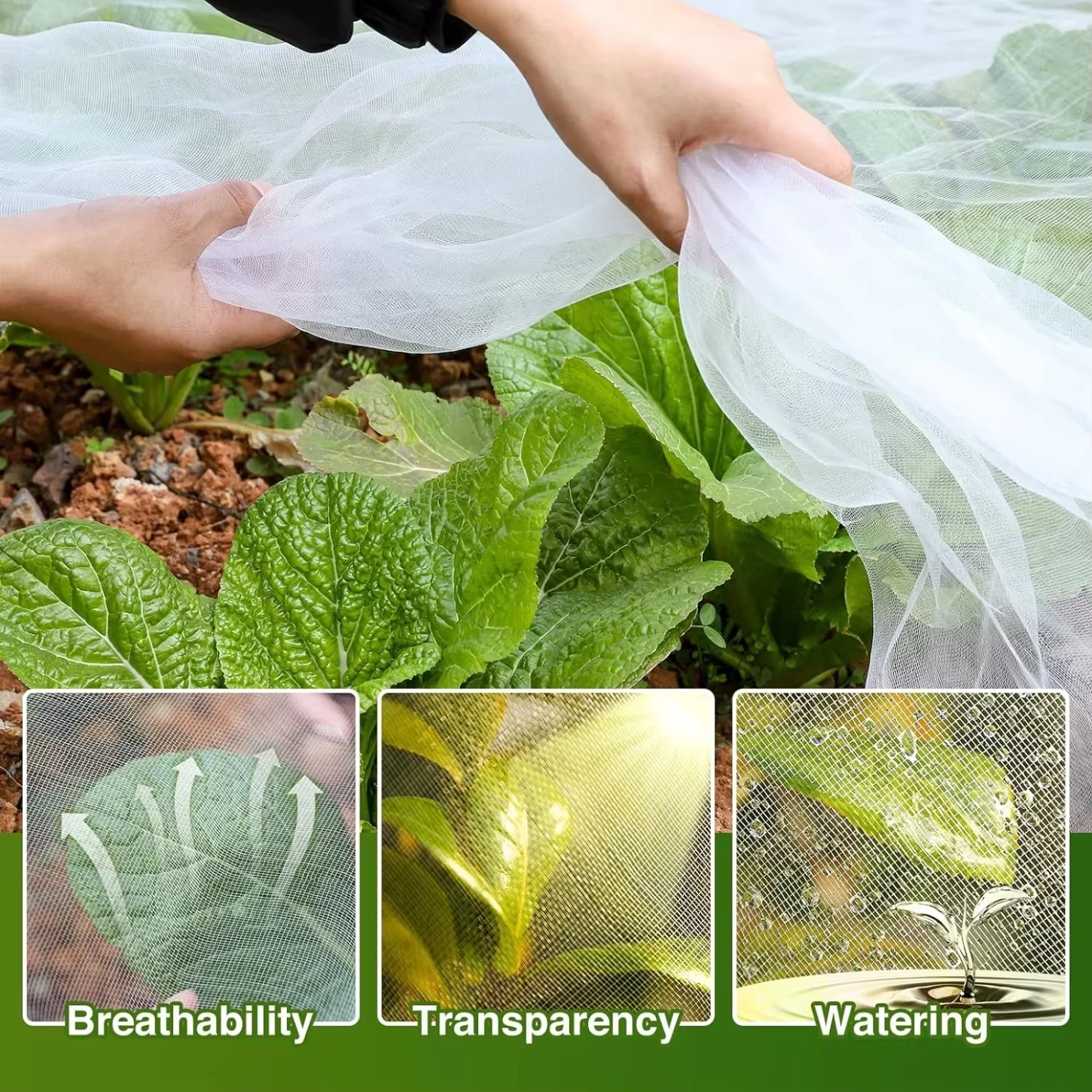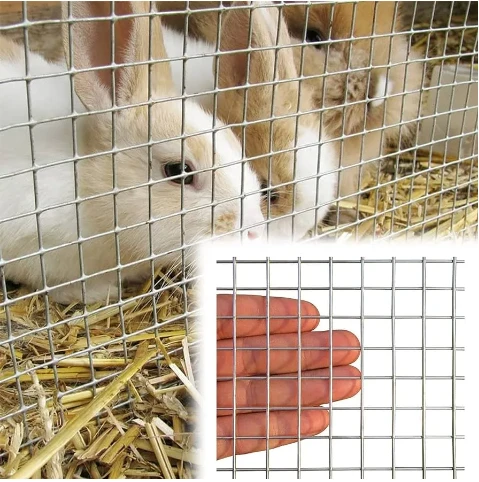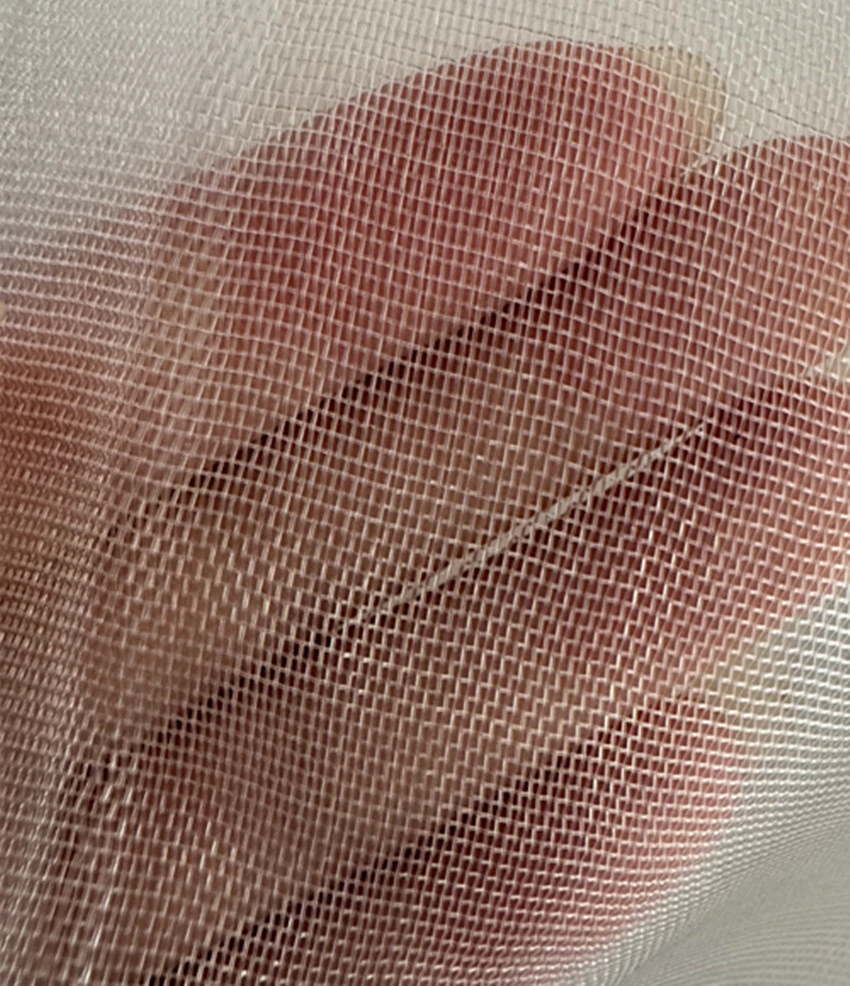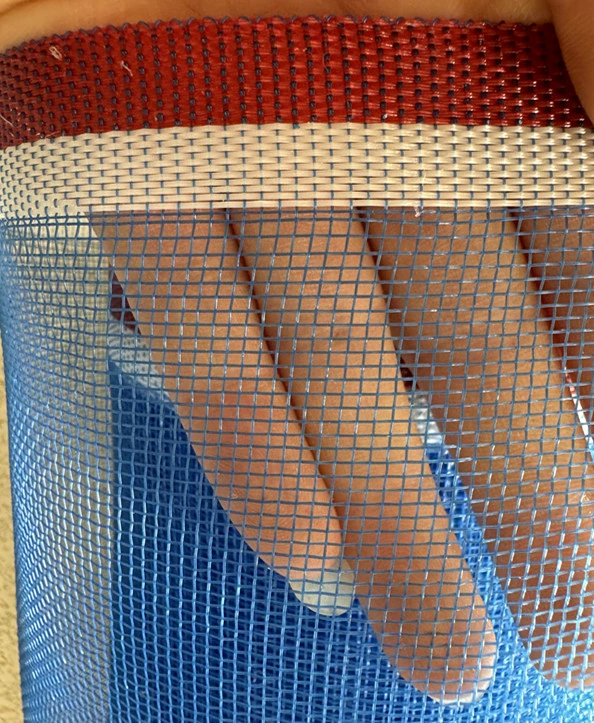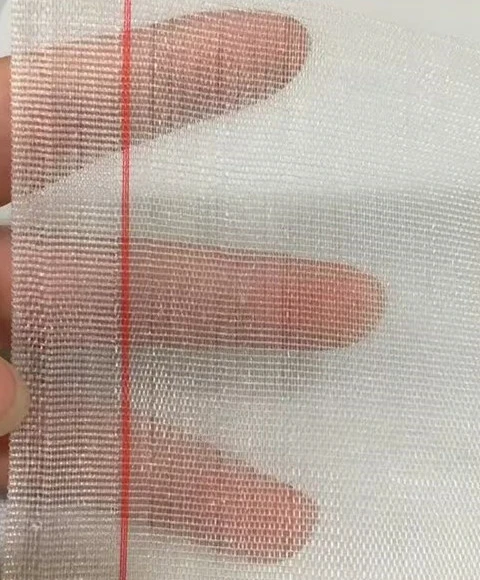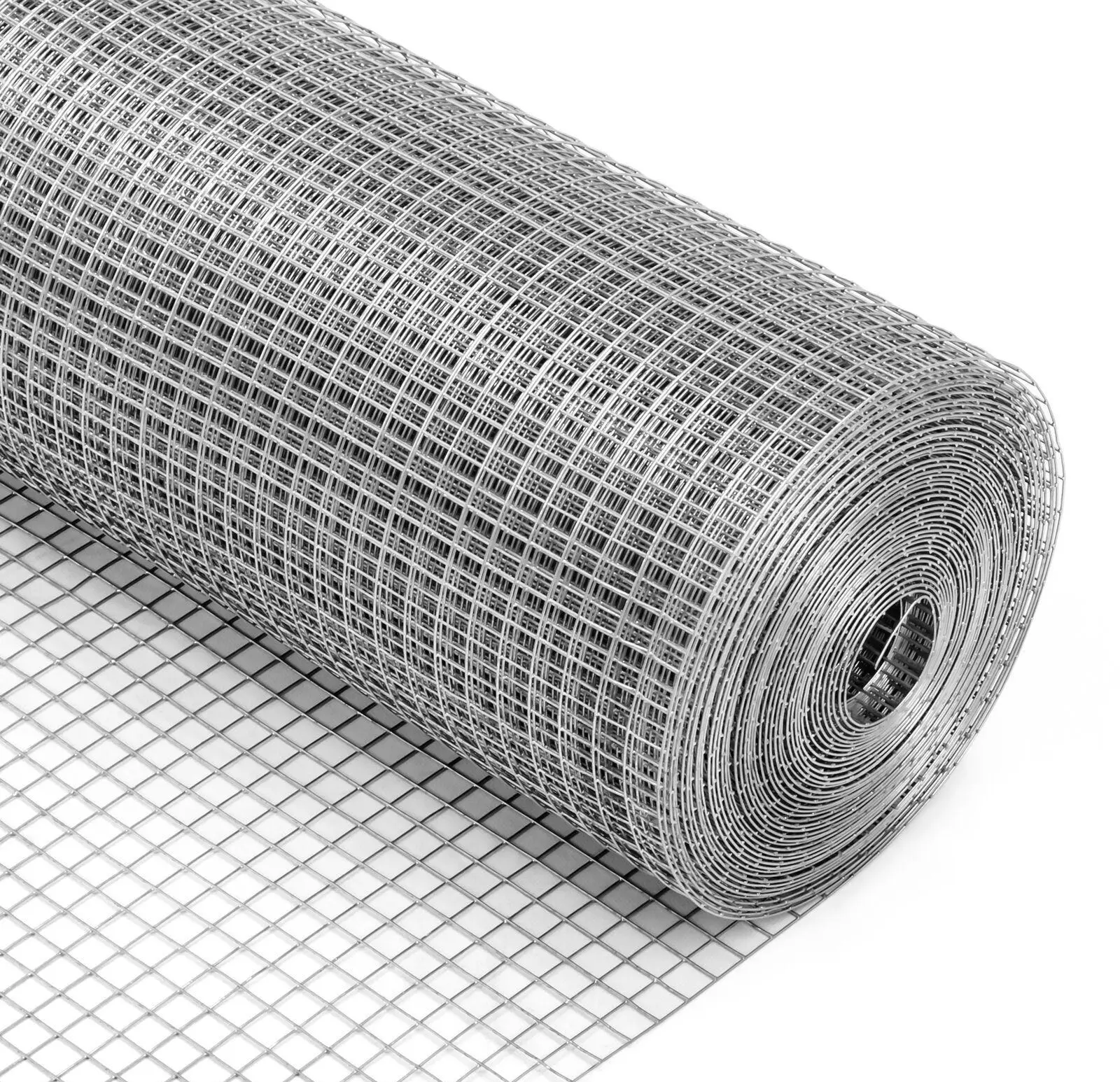-
 Afrikaans
Afrikaans -
 Albanian
Albanian -
 Amharic
Amharic -
 Arabic
Arabic -
 Armenian
Armenian -
 Azerbaijani
Azerbaijani -
 Basque
Basque -
 Belarusian
Belarusian -
 Bengali
Bengali -
 Bosnian
Bosnian -
 Bulgarian
Bulgarian -
 Catalan
Catalan -
 Cebuano
Cebuano -
 China
China -
 Corsican
Corsican -
 Croatian
Croatian -
 Czech
Czech -
 Danish
Danish -
 Dutch
Dutch -
 English
English -
 Esperanto
Esperanto -
 Estonian
Estonian -
 Finnish
Finnish -
 French
French -
 Frisian
Frisian -
 Galician
Galician -
 Georgian
Georgian -
 German
German -
 Greek
Greek -
 Gujarati
Gujarati -
 Haitian Creole
Haitian Creole -
 hausa
hausa -
 hawaiian
hawaiian -
 Hebrew
Hebrew -
 Hindi
Hindi -
 Miao
Miao -
 Hungarian
Hungarian -
 Icelandic
Icelandic -
 igbo
igbo -
 Indonesian
Indonesian -
 irish
irish -
 Italian
Italian -
 Japanese
Japanese -
 Javanese
Javanese -
 Kannada
Kannada -
 kazakh
kazakh -
 Khmer
Khmer -
 Rwandese
Rwandese -
 Korean
Korean -
 Kurdish
Kurdish -
 Kyrgyz
Kyrgyz -
 Lao
Lao -
 Latin
Latin -
 Latvian
Latvian -
 Lithuanian
Lithuanian -
 Luxembourgish
Luxembourgish -
 Macedonian
Macedonian -
 Malgashi
Malgashi -
 Malay
Malay -
 Malayalam
Malayalam -
 Maltese
Maltese -
 Maori
Maori -
 Marathi
Marathi -
 Mongolian
Mongolian -
 Myanmar
Myanmar -
 Nepali
Nepali -
 Norwegian
Norwegian -
 Norwegian
Norwegian -
 Occitan
Occitan -
 Pashto
Pashto -
 Persian
Persian -
 Polish
Polish -
 Portuguese
Portuguese -
 Punjabi
Punjabi -
 Romanian
Romanian -
 Russian
Russian -
 Samoan
Samoan -
 Scottish Gaelic
Scottish Gaelic -
 Serbian
Serbian -
 Sesotho
Sesotho -
 Shona
Shona -
 Sindhi
Sindhi -
 Sinhala
Sinhala -
 Slovak
Slovak -
 Slovenian
Slovenian -
 Somali
Somali -
 Spanish
Spanish -
 Sundanese
Sundanese -
 Swahili
Swahili -
 Swedish
Swedish -
 Tagalog
Tagalog -
 Tajik
Tajik -
 Tamil
Tamil -
 Tatar
Tatar -
 Telugu
Telugu -
 Thai
Thai -
 Turkish
Turkish -
 Turkmen
Turkmen -
 Ukrainian
Ukrainian -
 Urdu
Urdu -
 Uighur
Uighur -
 Uzbek
Uzbek -
 Vietnamese
Vietnamese -
 Welsh
Welsh -
 Bantu
Bantu -
 Yiddish
Yiddish -
 Yoruba
Yoruba -
 Zulu
Zulu
Premium Wire Fabric Mesh Supplier Stainless Steel & Welded Wire Fabric for Industrial Use
- Introduction to wire fabric mesh
: significance and composition - Unpacking technical advantages and performance data
- Comparative analysis of leading manufacturers
- Customization options and design flexibility
- Industrial and architectural applications
- Case studies and real-world implementations
- Conclusion: The future of wire fabric mesh in modern industries
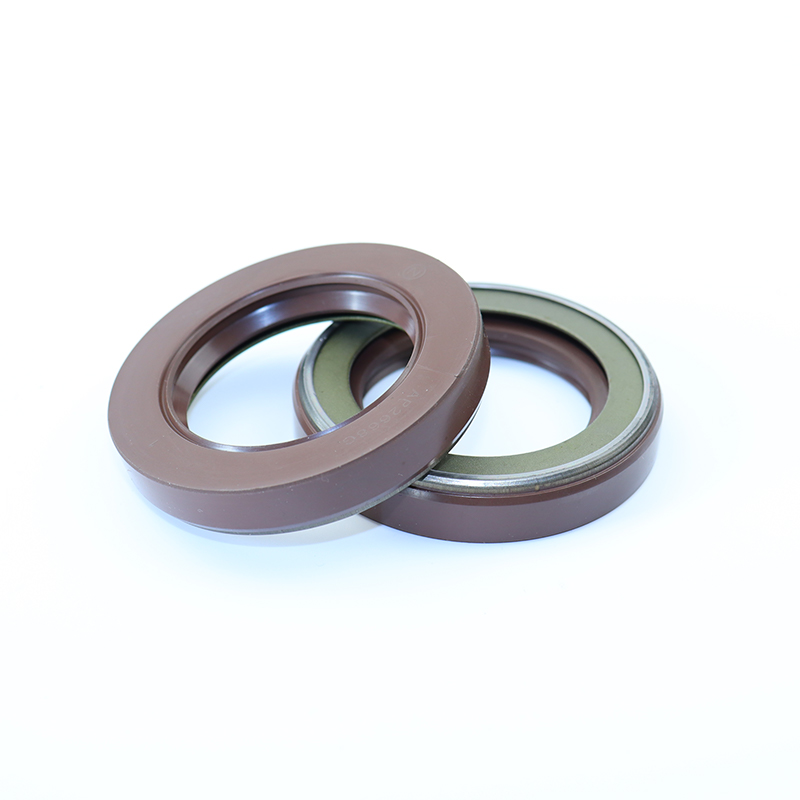
(wire fabric mesh)
Understanding Wire Fabric Mesh and Its Core Attributes
Wire fabric mesh stands as a pivotal element in various industrial and architectural sectors. Characterized by its network of interlaced or welded wires, this material offers structural integrity, adaptability, and resilience under different loads and environmental conditions. The term “wire fabric mesh” encompasses a spectrum of products, including stainless steel wire fabric—renowned for its corrosion resistance—and welded wire fabric, noted for its precise grid uniformity and robust junctions.
Historically, wire mesh products have been indispensable in construction, filtration, security, and design. The importance hinges upon their mechanical properties, flexibility, and broad application range. Commonly fabricated from carbon steel, galvanized steel, or stainless steel, these meshes are tailored to specific requirements, ensuring high tensile strength, resistance to deformation, and longevity even under harsh conditions.
This blog explores their technical merits, contrasts between manufacturers, customization opportunities, and highlights pivotal real-world applications where wire fabric mesh has driven operational excellence.
Technical Superiority: Data-Driven Insights into Wire Fabric Mesh
One of the foremost attributes of wire fabric mesh is its customizable mechanical properties. Depending on the application—be it reinforcement in concrete, safety fencing, or decorative facades—engineers can select wire diameters, mesh sizes, and material grades to achieve optimal performance. For instance, high-grade stainless steel wire fabric retains up to 95% of its original strength after 500 hours of salt-spray exposure, outpacing galvanized alternatives which typically retain 80%.
Furthermore, the weld strength at junctions in welded wire fabric is crucial. Tests demonstrate that high-quality welded joints endure up to 80% of the base wire's tensile load before failure. Durability under cyclic loading and resistance to fatigue further boost these materials' appeal in dynamic environments such as transport infrastructure and high-rise buildings.
To showcase this, see the following data comparison:
| Type | Yield Strength (MPa) | Salt-Spray Test Retention (%) | Welded Joint Strength (%) | Service Life (Years) |
|---|---|---|---|---|
| Stainless Steel Wire Fabric | 500 | 95 | 80 | 50+ |
| Galvanized Wire Mesh | 450 | 80 | 70 | 30 |
| Mild Steel Welded Wire Fabric | 400 | 65 | 72 | 20 |
Technological advances in manufacturing processes, such as automated welding and precision wire drawing, have further minimized variations in mesh apertures and enhanced the overall uniformity and reliability of finished mesh products.
Manufacturers Compared: Quality, Pricing, and Delivery Standards
A critical decision in project procurement involves selecting a reliable mesh manufacturer. Differentiation arises from product quality, available customizations, lead time, and adherence to certification standards (e.g., ASTM, ISO). Here is a comparative snapshot across leading manufacturers:
| Manufacturer | ISO Certification | Custom Mesh Sizes | Average Lead Time (Days) | Global Delivery Capability | Noted Specialty |
|---|---|---|---|---|---|
| MeshTech Ltd. | Yes | Yes | 10-14 | Worldwide | Architectural Mesh |
| SteelWeave Inc. | Yes | Yes | 7-12 | North America, Europe | Heavy-duty Welded Fabric |
| WireMaster Global | Yes | Partial | 14-18 | Asia-Pacific, Europe | Filter Mesh |
| MaxGuard Meshworks | No | Limited | 20-30 | Regional | Low-cost Fencing |
The table above highlights that certified manufacturers with broad customization options achieve faster delivery and address a more varied range of requirements. This translates to enhanced customer satisfaction and project success rates.
Tailoring Wire Fabric Mesh: Customization and Design Potential
Modern wire fabric mesh solutions are seldom one-size-fits-all. As industries—especially construction, infrastructure, and design—strive for project-specific solutions, the ability to customize mesh parameters becomes mission-critical. Typical variables include aperture size, wire gauge, mesh width and length, material selection (carbon steel, galvanized, stainless steel), surface finishes, and even coloration.
Advanced manufacturing facilities utilize CAD-driven design and programmable welding or weaving equipment to deliver bespoke mesh panels. A customized stainless steel mesh, for example, can be engineered to specifications like 25mm aperture, 2mm wire diameter, and unique finishes such as brushed or polished, enhancing both performance and aesthetics.
For architects, the synergy of creative freedom and functional performance ensures wire meshes fulfill structural roles while contributing to sustainability—by maximizing daylight, reducing energy consumption, and aiding natural ventilation.
Applications of Wire Fabric Mesh: Industry and Architecture
The adaptability of wire fabric mesh is reflected in its diverse applications. In the construction sector, welded wire fabric is a staple for reinforcing concrete slabs, walls, and roadways, enabling reduced crack propagation and increased load-bearing capacity. Architectural stainless steel wire fabric, meanwhile, is specified for cladding, infill panels, security screens, and decorative partitions.
- Construction: Reinforcement of slabs and walls for airports, bridges, and highways.
- Filtration: Stainless steel wire mesh used in water and oil filtration systems, due to its durability and precision.
- Security: High-tensile welded wire fabric for perimeter protection in energy and transport facilities.
- Design: Mesh incorporated into building facades, sunshades, and green wall supports for sustainability and visual impact.
A survey by the International Association of Wire Products reports that over 40% of urban commercial projects specified wire mesh for key structural or design elements in 2023, citing durability, energy efficiency, and architectural appeal as primary drivers.
Project Success: Case Studies Demonstrating Wire Fabric Mesh Impact
Real-world applications highlight the transformative role of wire fabric mesh across sectors. In 2022, the Riverside Transit Hub in Chicago integrated 1,800 square meters of stainless steel mesh in façade and interior balustrade applications. This intervention not only enhanced structural security but also contributed to LEED Gold certification through improved airflow and daylight harvesting.
In manufacturing, a German automotive plant adapted high-strength welded wire fabric for automated conveyor enclosures, increasing operator safety and extending service intervals due to decreased mesh fatigue failures. Implementing mesh with a specified weld strength of over 80% tensile load resulted in a 25% reduction in maintenance costs over 18 months of operation.
These examples reinforce wire mesh’s capacity to address practical and aesthetic challenges simultaneously.
Conclusion: The Future Outlook for Wire Fabric Mesh Solutions
As industries demand solutions that balance strength, flexibility, and design, wire fabric mesh emerges as an irreplaceable material—offering a legacy of durability and future-ready adaptability. Innovations in alloy composition, automated manufacturing, and finishing continue to raise performance benchmarks, positioning wire fabric mesh as a cornerstone material in global infrastructure and architecture.
With the trend toward smart cities, eco-friendly designs, and lifecycle efficiency, investment in advanced products like stainless steel mesh and precision welded wire fabric will remain integral to industry progress. As stakeholders evaluate next-generation projects, wire fabric mesh will undoubtedly feature at the intersection of cost-efficiency, safety, and design innovation.
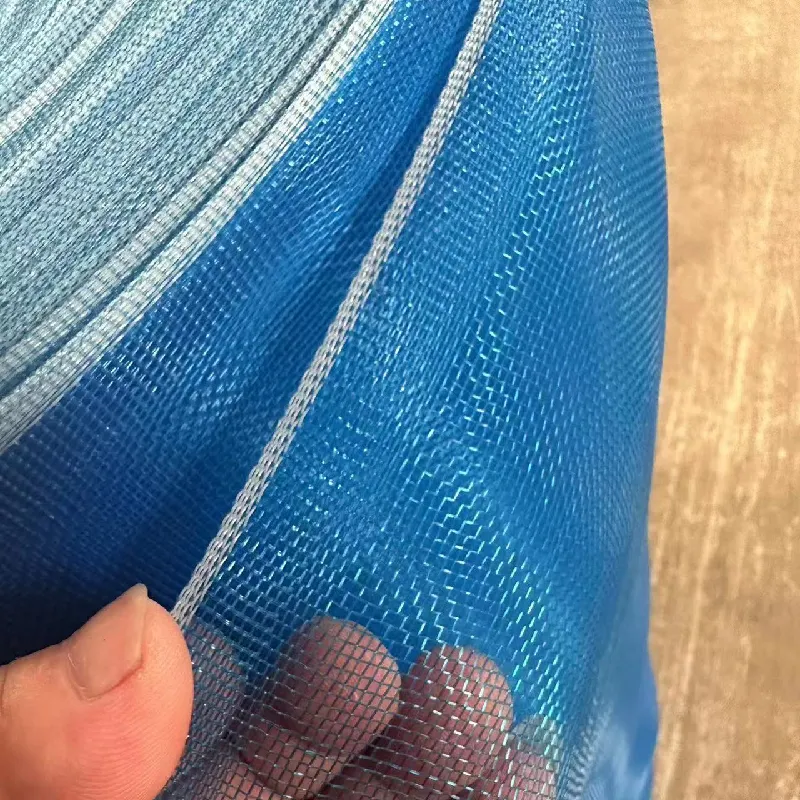
(wire fabric mesh)
FAQS on wire fabric mesh
Q: What is wire fabric mesh used for?
A: Wire fabric mesh is widely used for reinforcement in construction, fencing, and filtration. Its versatile structure provides support and strength in various applications. It’s also popular in industrial and residential projects.
Q: What are the advantages of stainless steel wire fabric?
A: Stainless steel wire fabric offers superior corrosion resistance and durability. It is ideal for harsh environments and can be used both indoors and outdoors. Its strength and long lifespan make it a preferred choice.
Q: How is welded wire fabric different from woven mesh?
A: Welded wire fabric is made by spot-welding intersecting wires, creating a rigid and stable structure. Woven mesh, by contrast, involves weaving wires over and under each other. Welded mesh is typically stronger and holds its shape better.
Q: Can wire fabric mesh be customized?
A: Yes, wire fabric mesh can be customized in terms of material, mesh size, and wire diameter. This flexibility helps meet the requirements of different projects. Customization ensures optimal performance and fit.
Q: Is stainless steel welded wire fabric suitable for outdoor use?
A: Yes, stainless steel welded wire fabric is highly suitable for outdoor applications due to its excellent resistance to weathering and rust. It remains durable over time with minimal maintenance. This makes it ideal for fencing, barriers, and landscaping.
-
Optimal Fish Rearing with Premium Breeding Net SolutionsNewsJul.18,2025
-
High-Strength Construction Wire Mesh for Structural Integrity and SafetyNewsJul.18,2025
-
Ensuring Protection and Efficiency in Construction and StorageNewsJul.18,2025
-
Enhancing Crop Protection with High-Quality Agriculture Shade NetsNewsJul.18,2025
-
Dunnage Bags and Shipping Plastic Bags for Secure TransportNewsJul.18,2025
-
Comprehensive Protection for Construction and InfrastructureNewsJul.18,2025




